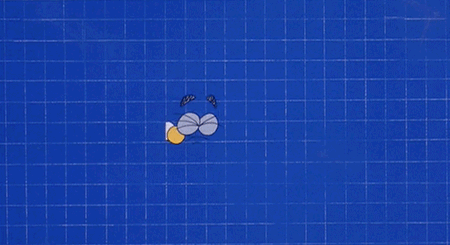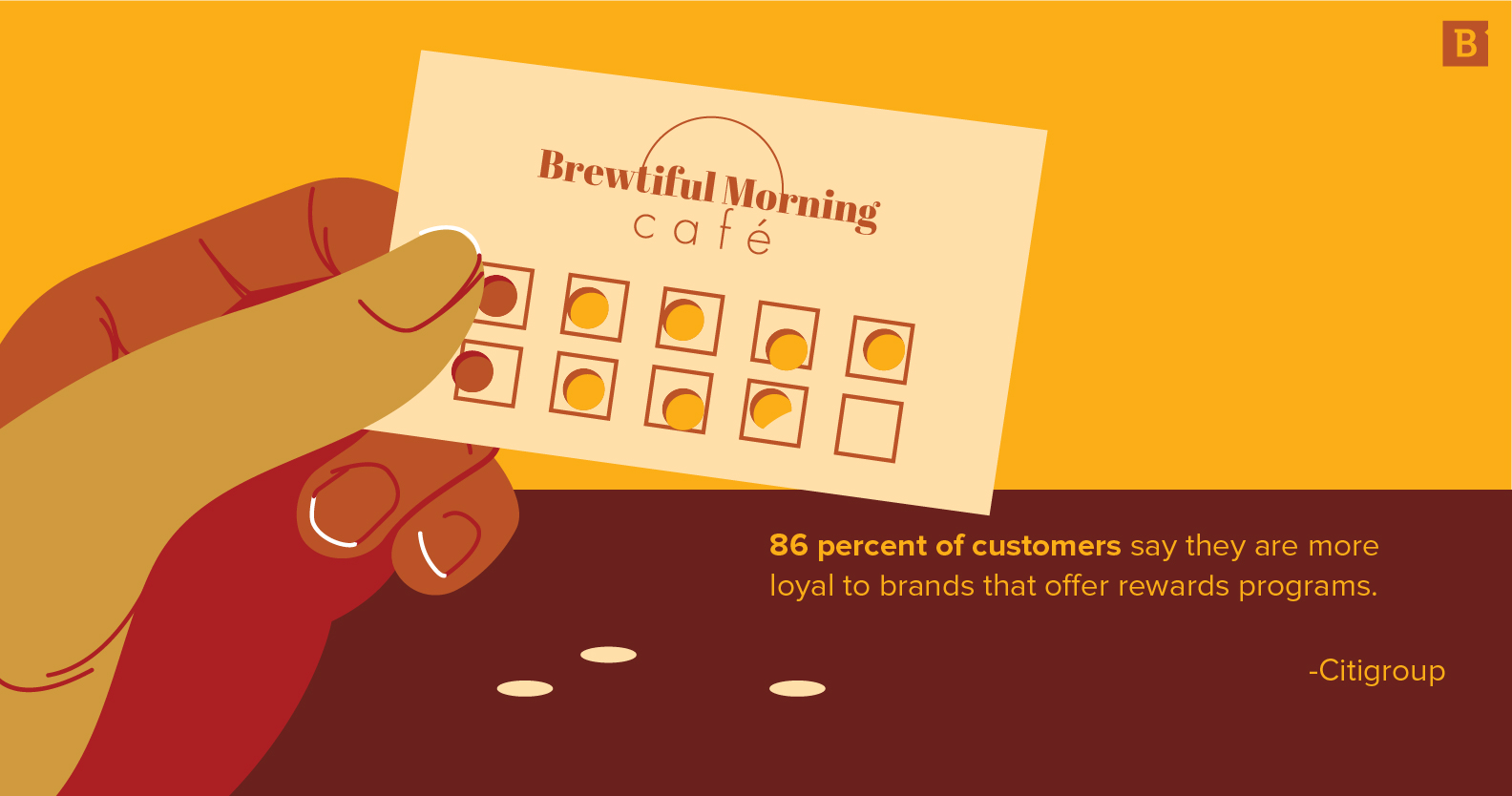Everyone likes to be rewarded, especially for something they were going to do anyway. When we receive a physical (or digital) reward, our brains give us a chemical reward. We like rewards because it’s in our DNA. That’s what makes incentive marketing such an effective strategy.

What is incentive marketing?
Business Dictionary defines incentive marketing as the use of motivational devices to promote the sale of merchandise or services.
To me, the phrase “motivational devices” sounds like something a robot pretending to be a marketing director would say while gesturing to a board labeled “sales widgets.”
As it turns out, “motivational device” is actually an efficient way to characterize the many stimulating forms that an incentive strategy can take. Contests, rewards programs and games all fit the description.
To express the strategy, the Incentive Marketing Association uses simple terms: “It’s a structured plan to get people to do what you want them to do.”
It hinges on a basic psychological formula, which states that where there is ability and motivation, there will also be performance.
Here’s an example you’re probably familiar with:
“Join our coffee club, and every 10th drink is on us!”
Believe it or not, this short sentence is a complete incentive marketing strategy. First, all coffee shop customers have the ability to join (it’s free), second, they have the motivation to join (it’s free coffee), and therefore, as thousands of coffee shop loyalty programs have proven, you get performance.
Formula for effective plan:
Ability + Motivation = Performance

Why is incentive marketing necessary?
When you ask people to do something for you, they will often ask why. When you ask people to give you money, they will always ask why. The job of a marketer is to begin answering that question before the customer or client can ask.
When you ask people to give you money, they will always ask why. The job of a marketer is to begin answering that question before the customer or client can ask.
No matter how proficient the marketer, the answers to that question will never satisfy 100 percent of potential clients. For some buyers, you will always need to sweeten the deal. How you do that is where the strategy comes in.
It’s a necessary and valuable strategy because it engages a segment of consumers that may not otherwise consider your organization’s products or services. But this doesn’t necessarily mean you have to pay people to interact with your business.
Non-monetary rewards, peer recognition and discounts are all effective incentives. When the performance piece of the equation is enjoyable on its own terms, such as a game or contest, the strategy really shines.
According to the 2016 Incentive Marketplace Estimate Research Study conducted by the Incentive Federation, U.S. businesses spend approximately $16.1 billion annually on non-monetary customer loyalty incentives. Total spend on incentives increased by 17 percent since 2013, which indicates that businesses are seeing positive ROI from their efforts. This is corroborated by a 2017 survey from Citigroup which found that 86 percent of customers say they are more loyal to brands that offer rewards programs.
What does an effective incentive marketing strategy look like?
If you have ever purchased a larger order of McDonald’s fries to get a Monopoly game piece, you have felt the lure of incentive marketing. You have also learned the first lesson of the strategy: The motivational device does not need to be grand in scale. Sure, you buy the fries with the faint hope of winning a million bucks, but you’d be happy to win a free burger, too. Sometimes it’s just fun to play.
Not every strategy must be centered around a game, however. Many retail brands have had great success with loyalty programs that give customers points for every purchase, and then reward shoppers with discounts or freebies in exchange for points.
U.S. businesses spend approximately $16.1 billion annually on non-monetary customer loyalty incentives. Total spend on incentives increased by 17 percent since 2013, which indicates that businesses are seeing positive ROI from their efforts.
According to a 2017 survey from marketing group HelloWorld, discounts and offers are the most preferred form of rewards, with free products and services coming in second and third place, respectively. The most effective type of incentive will always be unique to the brand offering the reward program.
To be effective, brands need to remind their program members about the benefits they have already earned, or those they could potentially earn. Research conducted by engagement solutions provider Code Broker revealed that 43 percent of rewards expire before they can be redeemed. Brands should track engagement metrics and determine how best to encourage participation and spread awareness of their programs.
3 inspiring incentive marketing examples
Incentive marketing is all around you. After reading this article, you’ll probably notice it a lot more frequently. Here are great examples of incentive programs that work:
1. Amazon Prime
Amazon Prime is perhaps the king of incentive programs. In April 2018, the Seattle-based company revealed that over 100 million people had subscribed to its Prime membership plan. Prime members get free two-day shipping, a complementary subscription to Amazon Video and discounts on other services.
Amazon’s strategy is so effective because it mitigates the risk of surprise fees during checkout. If customers click to buy an item for one price, only to see a drastic increase at the checkout due to taxes and shipping fees, they may be more likely to abandon the cart. The strategy clearly works, as a report from Consumer Intelligence Research Partners revealed that Prime shoppers spend nearly $1,000 more annually than non-members.
2. T-Mobile Tuesdays
In the highly competitive telecom market, carriers have turned incentive programs into a science. Walk into any carrier’s storefront and you’re likely to be bombarded with incentives such as phone discounts and free accessories.
T-Mobile took its loyalty program to the next level when it introduced T-Mobile Tuesdays, a promotion that encourages engagement by offering rewards for signing up, remaining a T-Mobile customer or making additional purchases. The program is app-based, so users can receive a push notification every time a new reward is available.
3. Starbucks Rewards
Over 12 million people across the globe participate in the Starbucks reward program. Customers simply download the app, load a digital card with money and earn points for every dollar spent. As points accumulate, customers receive free drinks and other discounted items.
Occasionally, Starbucks will introduce a limited-time game, allowing program members to rack up points faster than usual. By adding time-based events, the company can re-engage users that may have stopped participating in the program.
If you remember the key equation of ability + motivation = performance, you’ll have no problem implementing a strategy. Listen to your customers and have fun!





